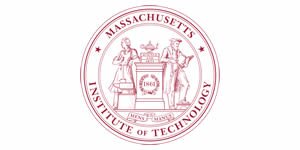RSS Feed Source: MIT Technology Review
This year, we’ve seen a real-time experiment playing out across the technology industry, one in which AI’s software engineering capabilities have been put to the test against human technologists. And although 2025 may have started with AI looking strong, the transition from vibe coding to what’s being termed context engineering shows that while the work of human developers is evolving, they nevertheless remain absolutely critical.
This is captured in the latest volume of the “Thoughtworks Technology Radar,” a report on the technologies used by our teams on projects with clients. In it, we see the emergence of techniques and tooling designed to help teams better tackle the problem of managing context when working with LLMs and AI agents.
Taken together, there’s a clear signal of the direction of travel in software engineering and even AI more broadly. After years of the industry assuming progress
Click this link to continue reading the article on the source website.

